I thought the best way to illustrate what I tried was to show you some excerpts from my actual cover letters. The advice I followed mainly ran along the lines of proving to the publisher why my book should be included in their list. For instance, does the publisher publish certain “genres” of books, like talking animals, rhyming, or non-fiction books? Do they focus on a certain theme like friendship, humor, or folktale? Once I went through ~30 books from each list to “determine” whether my book fit in, I then had to make sure they didn’t already have a book starring a magical hybrid benevolent creature.
Now, I tried “sell” my book, employing many approaches to get them to see the merits of adding my book to their list: I emphasized the excellent message of my book; the uniqueness of the protagonist; enumerated the ways in which I was dedicated to the industry; linked my character to endearing characters of the past; related my story to themes from other successful books; quoted what they’ve written on their sites about what they seek and how my book does just that….
So why didn’t any of this work? Of course I don’t know, but I think 3 points about book publishing MUST be answered in the cover letter. At least, this is what I will try in future:
1) How AND why your book will sell a ton of copies?
2) What is your book’s most promising angle for marketing?
3) What makes YOU memorable?
I think my cover letters did not make ME memorable. I’ve read articles about the lengths aspiring authors have gone to get their stories read by editors, but going to NYC and knocking on doors with cookies in hand isn’t always feasible, nor does it truly work. SO, if kindergartners, friends, strangers, book lovers, fellow aspiring authors and illustrators, librarians, and an independent bookstore owner have thus far had only good things to say about Centipede Dragon, what is the reason behind my rejections? Anyone care to guess?

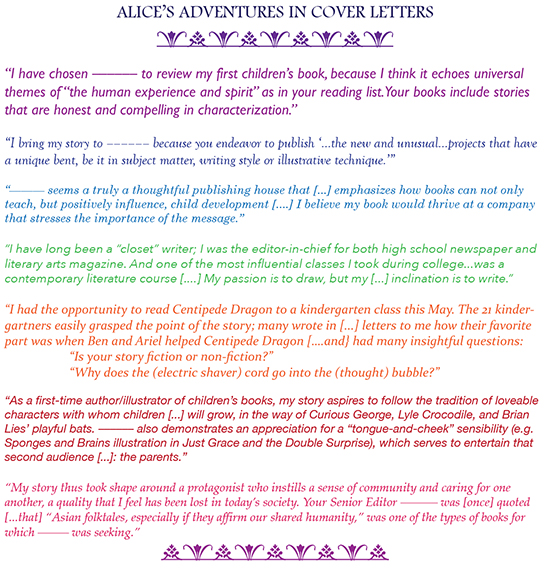
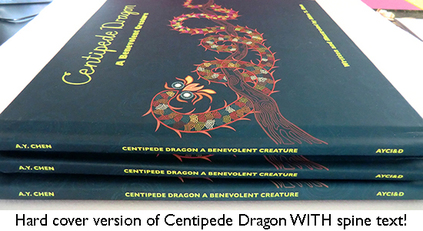
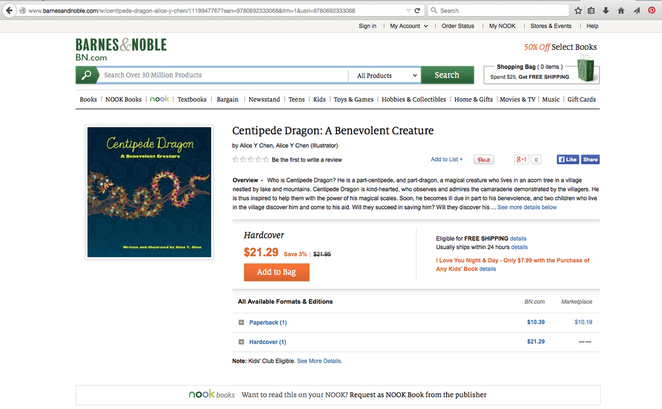
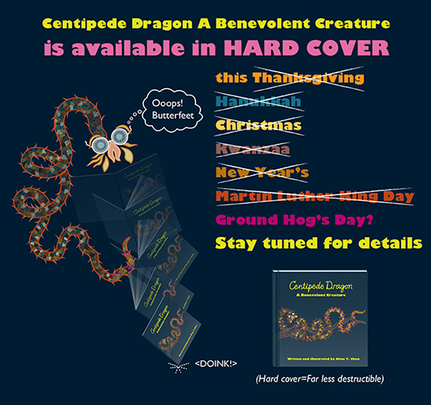


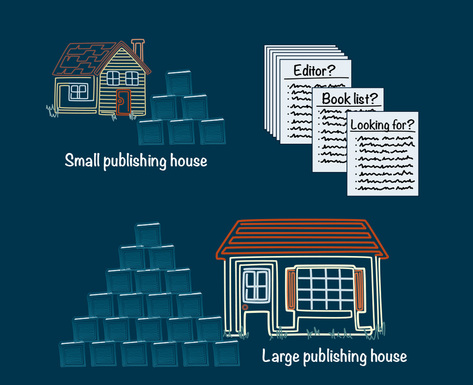
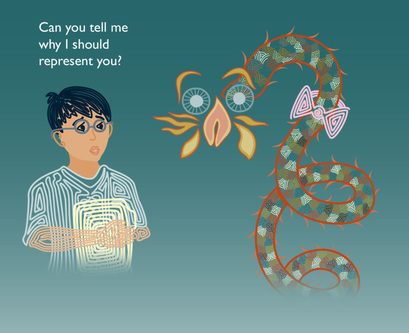
 RSS Feed
RSS Feed
